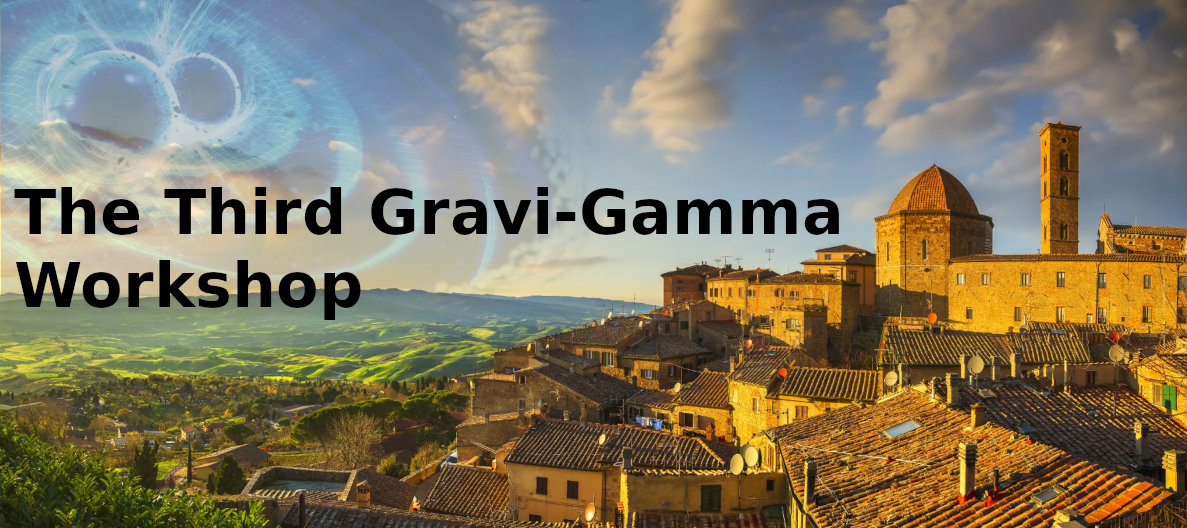Speaker
Description
The Einstein Telescope (ET) is an ambitious project for the future of multi-messenger astrophysics and the optimisation of the synergy with astronomical facilities is a cardinal point which needs to be addressed. In order to detect the counterparts of binary neutron star (BNS) mergers at high redshift, the observation of high-energy signals will play a crucial role. I will explore the perspectives of ET operating as single observatory and in a network of next generation gravitational-wave observatories (such as Cosmic Explorer), in synergy with future gamma-ray and X-ray satellites. I will show the predictions of the high-energy emission of BNS mergers and its detectability in a theoretical framework based on a universal jet structure and able to reproduce the properties of the current sample of short GRBs. The joint gravitational-wave and high-energy detection rate is estimated for both the prompt and afterglow emissions, testing several combinations of instruments and with the aim of determining the best observational strategies. I will emphasise the crucial role of future wide field X-ray missions also for the detection of the fainter emission outside the jet core, which will allow us to probe the yet unexplored population of low-luminosity short GRBs in the nearby Universe, as well as to unveil the nature of the jet structure and the connections with the progenitor properties.

